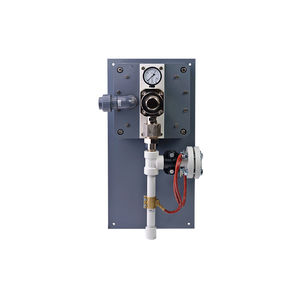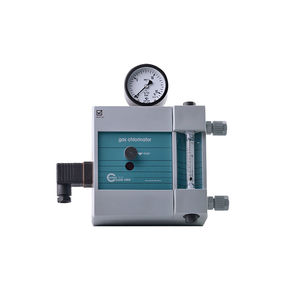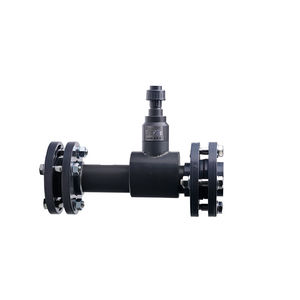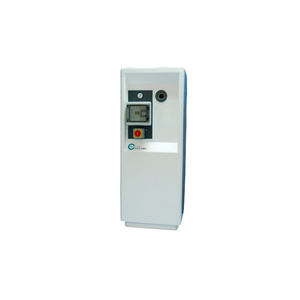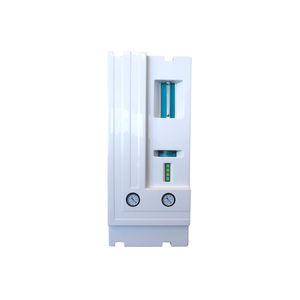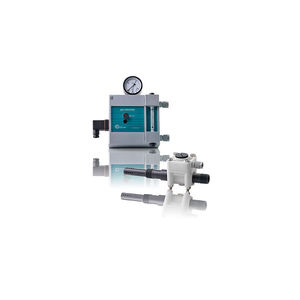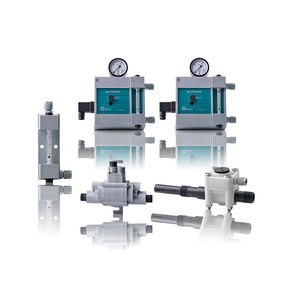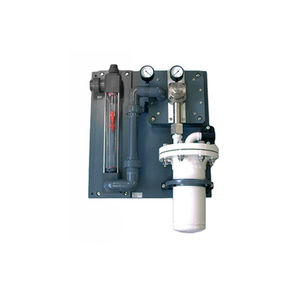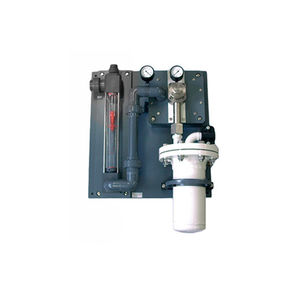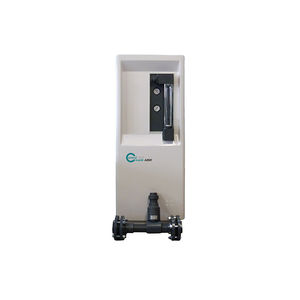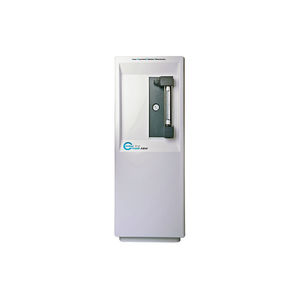
- Hydraulics - Pneumatics
- Pump
- Ejector
- Controlmatik
Gas ejector M 300 C




Add to favorites
Compare this product
Characteristics
- Type
- gas
- Suction rate
15 l/h
(4 us gal/h)
Description
Ejector is a mechanical device that generates the vacuum necessary for operation of the feed system.
General
Ejector is a mechanical device that generates the vacuum necessary for operation of the feed system.
Ejector consists of:
drive nozzle
mixing chamber
check valve
outlet connection
M 300 – Ordinary ejector construction for pressure up to 6 bar, max 4 kg/h
M 303 – Ejector with a “connection cock” for dismantling under pressure up to 3 bar, max 4 kg/h
M 304 – D.P.T – Ejector with PVC valves, designed for pool engineering. For pressures up to 6 bar
M 305 – Reinforced ejector for more than 4 kg/h, G 5/4
M 306 – Ejector with union connection for pressure up to 6 bar, max 4 kg/h
M 307 – Reinforced ejector for pressures from 6 to 20 bar
M 308 – Ejector for pressures more than 20 bar
M 309 – Reinforced ejector for pressures up to 6 bar, PTFE
Operation principle
The booster pump drives water through the ejector. This generates vacuum, the power of which depends on the pump pressure and permeability of the drive nozzle. Vacuum fills the ejector with gas chlorine, which mixes with water in the mixing chamber. The mixture of chlorine and water is then injected to the water-supply system. The check valve prevents irruption of water into the vacuum line.
Catalogs
Related Searches
*Prices are pre-tax. They exclude delivery charges and customs duties and do not include additional charges for installation or activation options. Prices are indicative only and may vary by country, with changes to the cost of raw materials and exchange rates.






